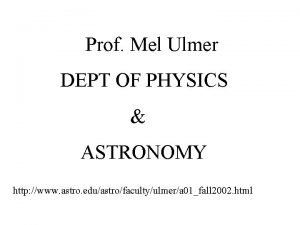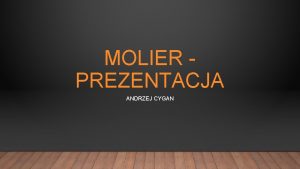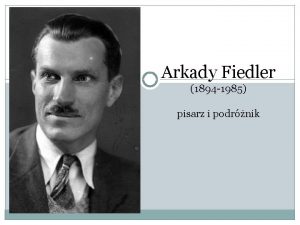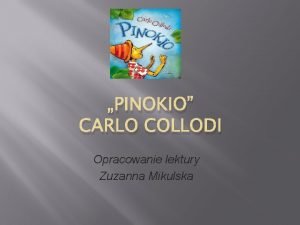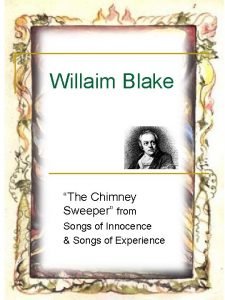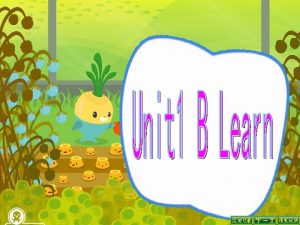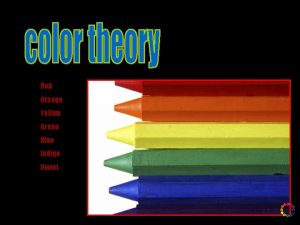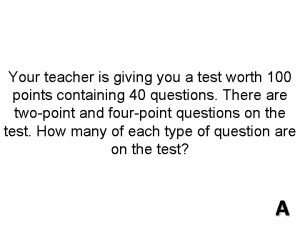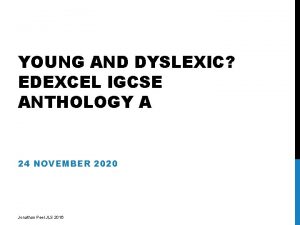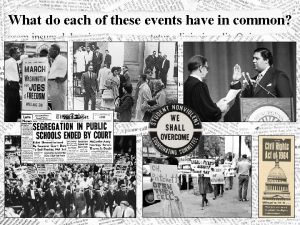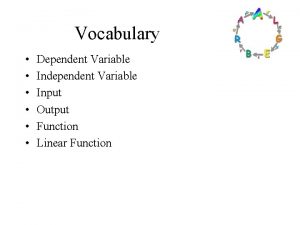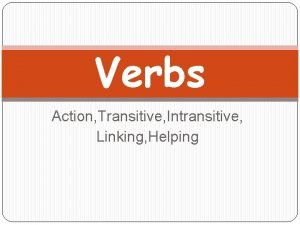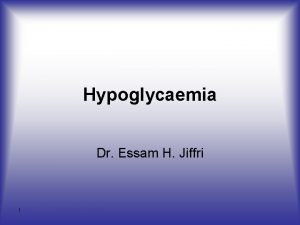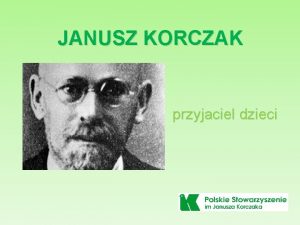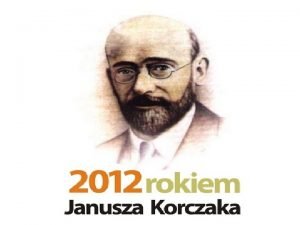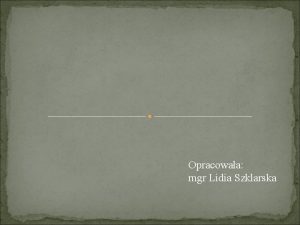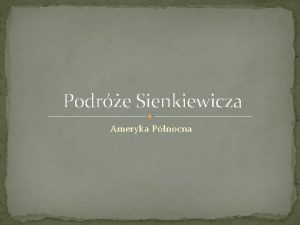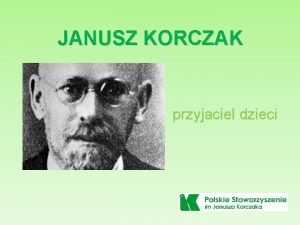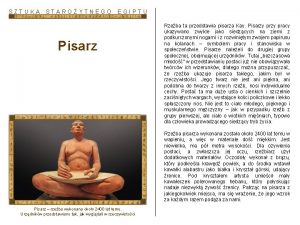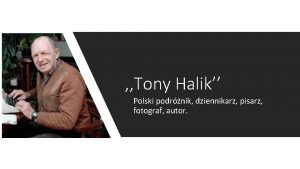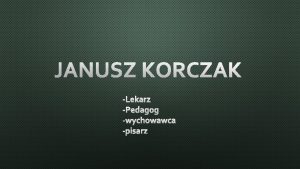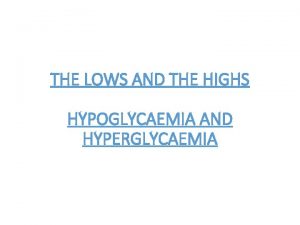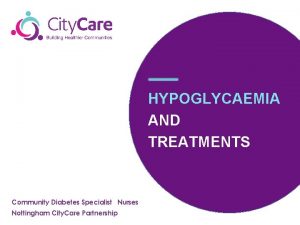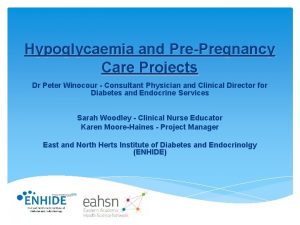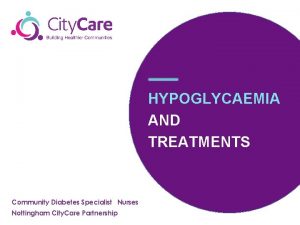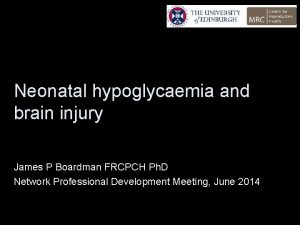Ulmer H V and Pisarz S Nightly hypoglycaemia




















- Slides: 20

Ulmer, H. -V. and Pisarz, S. Nightly hypoglycaemia, an often not sufficiently known special risk for diabetics (type 1) after intensive physical activities Inst. Sport science Univ. Mainz, ulmer@uni-mainz. de 9 th Europ. Hypoxia-Symposium, 14 -17 June 2018, Kühroint: Nightly hypoglycaemia; Ulmer 1

i Introduction, state of knowledge, aim, methods, results, diskussion, i Introduction Exercise/sports is good for diabetics, an often used recommendation. Exercise is a complication for diabetics, however, because carbohydrate supply, insuline dosage and metabolism are to be balanced. This requires experience for the individual case 9 th Europ. Hypoxia-Symposium, 14 -17 June 2018, Kühroint: Nightly hypoglycaemia, Ulmer 2

i Introduction, state of knowledge, aim, methods, results, diskussion, i Mountaineering/hiking is performed with high physical intensities, often used only few days/year (problem of experience). Consequence: Depletion of glycogen stores, filled up during sleep with the special risk of unnoticed dangerous hypoglycaemia. Informal remarks led to the assumption, that this fill-up effect, especially after intensive physical activities in the afternoon or later, is not sufficiently known. 9 th Europ. Hypoxia-Symposium, 14 -17 June 2018, Kühroint: Nightly hypoglycaemia, Ulmer 3

i Introduction, state of knowledge, aim, methods, results, diskussion, i Numerous measures are desribed in literature and guidelines against exercise-resulted hypoglycaemia • Frequent prophylactic measures of bloodglucose • Measures in actual case 9 th Europ. Hypoxia-Symposium, 14 -17 June 2018, Kühroint: Nightly hypoglycaemia, Ulmer 4

i Introduction, state of knowledge, aim, methods, results, diskussion, i Depletion of glycogen stores after muscular activities is a well known effect, e. g. in 2 German guidlines 9 th Europ. Hypoxia-Symposium, 14 -17 June 2018, Kühroint: Nightly hypoglycaemia, Ulmer 5

i Introduction, state of knowledge, aim, methods, results, diskussion, i German guidelines for diabetics and exersise: 1) Körperliche Aktivität und Diabetes mellitus = physical activity and diabetes mellitus, Evidence-based guideline of the German Diabetes Association DDG (10/2008), planned update: 10/2010 http: //www. deutsche-diabetesgesellschaft. de/fileadmin/Redakteur/Leitlinien/Evidenzbasierte_Leitlinien/EBL_Bewegung_2008. pdf 2) Praxis-oriented guideline Diabetes, Sport und Bewegung = Diabetes, Sports and Movement (Esefeld, K. et al. , last update 2017) from the DDGHomepage https: //www. deutsche-diabetesgesellschaft. de/fileadmin/Redakteur/Leitlinien/Praxisempfehlungen/2017/dus_2017_S 2_Praxisempfehlu ngen_3974253_Halle_Diabetes__Sport_und_Bewegung__13__Online-PDF. PDF 9 th Europ. Hypoxia-Symposium, 14 -17 June 2018, Kühroint: Nightly hypoglycaemia, Ulmer 6

i Introduction, state of knowledge, aim, methods, results, diskussion, i In both German guidelines for diabetics and exercise the special risk of nightly hypoglycaemia after intensive physical activities at afternoon or evening is not mentioned, however. But recommendation: Sports and games should be promoted as part of quality of life for diabetics (2017) 9 th Europ. Hypoxia-Symposium, 14 -17 June 2018, Kühroint: Nightly hypoglycaemia, Ulmer 7

i Introduction, state of knowledge, aim, methods, results, diskussion, i Dead-in-bed syndrome Tattersdall, R. B. & Gill, G. V. (1991): Unexplained deaths of type 1 diabetic patients: „There are major difficulties in diagnosing hypoglycaemia post mortem“ but the random conditions suggest, „that hypoglycaemia or a hypoglycaemia-associated event was responsible“ for the 22/50 cases of dead in bed, age 12 -43 years. „Most of whom had gone to bed in apperently good health and 20/22 were found in the morning in an undisturbed bed“. https: //www. ncbi. nlm. nih. gov/pubmed/1826245 9 th Europ. Hypoxia-Symposium, 14 -17 June 2018, Kühroint: Nightly hypoglycaemia, Ulmer 8

i Introduction, state of knowledge, aim, methods, results, diskussion, i Dead-in-bed syndrome Conclusion of Medtronic to this paper: Schlussfolgerung: „Hypoglykämien bzw. Hypoglykämie-assoziierte Ereignisse zeichnen sich als signifikante Risikofaktoren für das „Tod in Bett“-Syndrom aus“. https: //www. medtronic-community. de/wp-content/uploads/3 -Tattersall-und-Gill_Tod-in-Bett-Syndrom. pdf = Final conclusion: Hypoglycaemia and hypoglycaemia-associated occasions are significant risk factors for the „dead-in-bed syndrome“. But what are: Hypoglycaemia-associated occasions? 9 th Europ. Hypoxia-Symposium, 14 -17 June 2018, Kühroint: Nightly hypoglycaemia, Ulmer 9

i Introduction, state of knowledge, aim, methods, results, diskussion, i Dead-in-bed syndrome A comment from 2014 focussed to cardiac aspects, too, but mentioned: „Hence, some deaths may have been due to other conditions such as cardiomyopathy or diabetic precoma“ 9 th Europ. Hypoxia-Symposium, 14 -17 June 2018, Kühroint: Nightly hypoglycaemia, Ulmer 10

i Introduction, state of knowledge, aim, methods, results, diskussion, i • Ischaemic heart deseases are a typical long-term consequence of diabetes type 1 and cardiac attacs can be provocated by hypoglycaemia. • And hypoglycaemia per se as a reason for dead-in-bed cases? 9 th Europ. Hypoxia-Symposium, 14 -17 June 2018, Kühroint: Nightly hypoglycaemia, Ulmer 11

i Introduction, state of knowledge, aim, methods, results, diskussion, i Aim To clear up these aspects, wether the special risk of nightly hypoglycaemia after intensive physical activities at afternoon or evening is sufficiently known 9 th Europ. Hypoxia-Symposium, 14 -17 June 2018, Kühroint: Nightly hypoglycaemia, Ulmer 12

i Introduction, state of knowledge, aim, methods, results, diskussion, i To clarify this question, we made literature survey, concerning diabetes type 1: 39 books, 35 additional sources (journals, homepages, information papers), 7 training materials for patients Interviews with 14 diabetes advisers 9 th Europ. Hypoxia-Symposium, 14 -17 June 2018, Kühroint: Nightly hypoglycaemia, Ulmer 13

i Introduction, state of knowledge, aim, methods, results, diskussion, i Results (state 2013): Scientific literature (books) at 31% (of n=39), additional sources (journals, homepages, information papers, at 23% (of n=35) described this effect. In training materials at 29 % (n=7) explicitly the risk of nightly hypoglycaemia after intensive sports was explained. 9 th Europ. Hypoxia-Symposium, 14 -17 June 2018, Kühroint: Nightly hypoglycaemia, Ulmer 14

i Introduction, state of knowledge, aim, methods, results, diskussion, i Nightly check of bloodglucose was commended in books: 23% of 39 in additional sources: 3% of 35 in training materials: 22% of 9. 69% oft the 14 diabetes-advisers informed explicitly about the special risk of nightly hypoglycaemia after intensive metabolic/sports activities and 67% recommended a nightly bloodglucose check. Some of them made their own training materials, refering to the risks of nightly hypoglycaemia after sports at afternoon 9 th Europ. Hypoxia-Symposium, 14 -17 June 2018, Kühroint: Nightly hypoglycaemia, Ulmer 15

i Introduction, state of knowledge, aim, methods, results, diskussion, i Discussion The presented study was done in 2013, but the last update of the German guideline of 2017 shows the similar result: Obviously there is a relevant lack about informations concerning the nightly hypoglycaemia after glucose-consuming activities at afternoon or evening (percentages only about 30 %). Nightly bloodglucose measurements were recommended < 25 %. 9 th Europ. Hypoxia-Symposium, 14 -17 June 2018, Kühroint: Nightly hypoglycaemia, Ulmer 16

i Introduction, state of knowledge, aim, methods, results, diskussion, i Only the diabetes advisers (ca. 70 %) informed about this special risk including the recommendation: Nightly bloodglucose measurements. And this in contrast to the typical recommendations: – Generally: Propagating aerob activities as „healthy sports“ – For diabetics: Recommendations e. g. in the German guidelines refering to physical activities. 9 th Europ. Hypoxia-Symposium, 14 -17 June 2018, Kühroint: Nightly hypoglycaemia, Ulmer 17

i Introduction, state of knowledge, aim, methods, results, diskussion, i Considerations about dead-in-bed syndrome: The nightly hypoglycaemia after previous physical activities at afternoon or evening is so insufficient known, that we are not surprized, that we found no comment about a possible interaction with the dead-in-bed syndrome. We assume, that there could be a causal interaction, whitch should regarded in future, not only looking after heart diseases 9 th Europ. Hypoxia-Symposium, 14 -17 June 2018, Kühroint: Nightly hypoglycaemia, Ulmer 18

in particular i Introduction, state of knowledge, aim, methods, results, diskussion, i Final conclusion and recommendation Hikers and mountaineers as diabetics are endagered in particular, if – they are beginners or – activ only in holidays (less experience in handling bloodglucose in unusal situations). As one prophylactic mean we recommend to use an alarm mobile/clock for checking bloodglucose at about 3 a. m. 9 th Europ. Hypoxia-Symposium, 14 -17 June 2018, Kühroint: Nightly hypoglycaemia, Ulmer 19

Literature • https: //www. medtronic-community. de/wpcontent/uploads/3 -Tattersall-und-Gill_Tod • https: //www. medtronic-community. de/wp-content/uploads/3 -Tattersallund-Gill_Tod-in-Bett-Syndrom. pdf • e 20
 Mel ulmer
Mel ulmer Chłopcy z placu broni dlaczego warto przeczytać
Chłopcy z placu broni dlaczego warto przeczytać Alexander milne
Alexander milne Poetw
Poetw Molier życiorys
Molier życiorys 1985
1985 Pinokio tekst lektury
Pinokio tekst lektury Orange blue yellow green
Orange blue yellow green And because i am happy and dance and sing
And because i am happy and dance and sing West side story romeo and juliet comparison
West side story romeo and juliet comparison Taller younger shorter older
Taller younger shorter older How to write 75 centavos in peso sign
How to write 75 centavos in peso sign Blue indigo and violet
Blue indigo and violet Your teacher is giving you a test worth 100 points
Your teacher is giving you a test worth 100 points Young and dyslexic structure analysis
Young and dyslexic structure analysis Albany movement
Albany movement West yorkshire and harrogate health and care partnership
West yorkshire and harrogate health and care partnership Draw and label a longitudinal wave
Draw and label a longitudinal wave Smkvqmuzwv4 -site:youtube.com
Smkvqmuzwv4 -site:youtube.com Input independent variable
Input independent variable Transitive intransitive and linking verbs
Transitive intransitive and linking verbs
